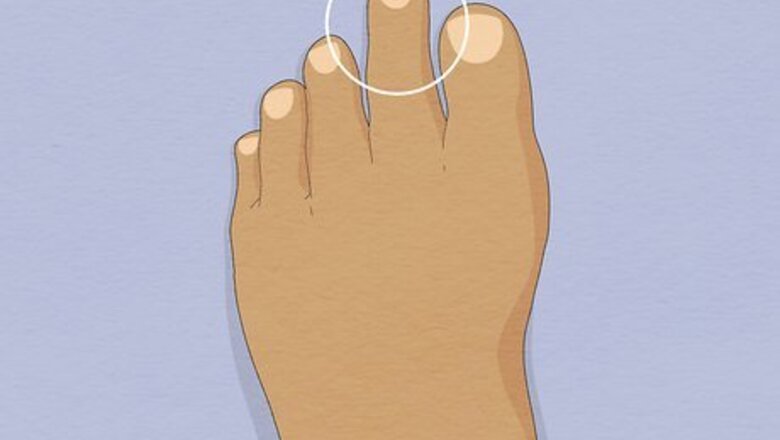
views
X
Trustworthy Source
PubMed Central
Journal archive from the U.S. National Institutes of Health
Go to source
Recognizing the Signs and Symptoms of Morton's Toe
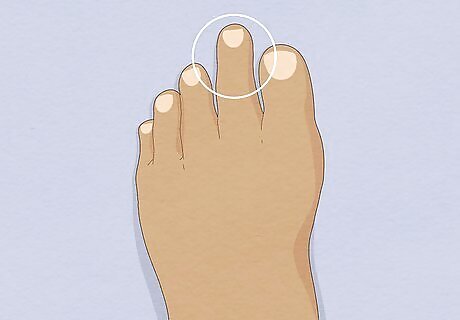
Look at your foot. If you have Morton's Toe, your second toe will likely be longer than your big toe. A normal foot shape is defined by a big toe that is longer than the rest, with toes 2-5 decreasing in length. You might have Morton's toe even if your second toe isn't longer than your big toe. You should always see a medical professional to diagnose this condition and to discuss treatment options.
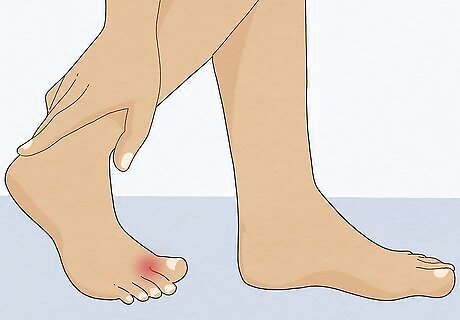
Understand the symptoms of Morton's Toe. Morton's Toe can cause debilitating pain and long term complications. Morton's toe causes surrounding bones to be displaced, putting unnecessary weight on the head of the second foot bone. This extra weight bearing causes stress to the bone, which causes a callus to form underneath the bone. A callus is a hard swelling of bone. This callus can cause moderate to severe pain in the foot. Some people with Morton's Toe have debilitating pain. This can be a strong, aching constant pain or a sharp pain during walking.
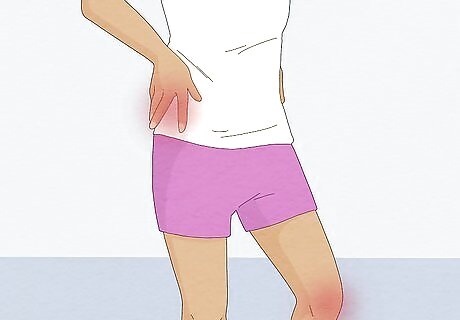
Know the long term complications of Morton's Toe. This condition can lead to further problems down the road. Patients with Morton's Toe can have lower back pain, knee pain, and hip pain. This is due to slight changes in the way you walk when you have Morton's Toe. Arthritis is a common problem in people with this condition. This condition can also lead to bunions and hammer toes.
Treating Morton's Toe
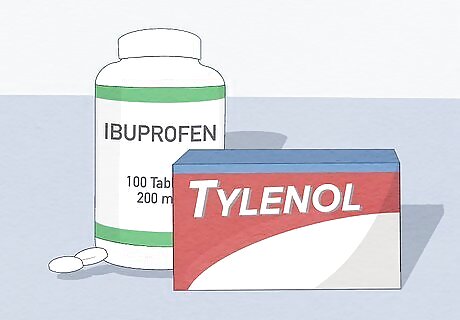
Try over the counter pain relievers. These may initially reduce pain and provide temporary relief. These are not a long term solution to this problem. Over the counter pain relievers such as ibuprofen, naproxen, acetaminophen, and aspirin can help to reduce pain and inflammation. Other simple interventions can include keeping weight off of your foot and applying ice to reduce inflammation. These should not be used long-term. If you are experiencing severe, chronic pain you should see a doctor.
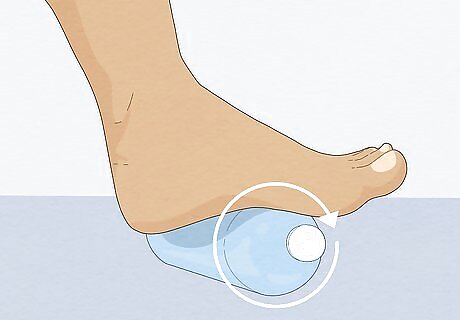
Roll a frozen water bottle under your foot to relieve pain. Take a cold or frozen water bottle and place it on the floor. Then, rest the arch of your foot on the water bottle. Gently slide your foot back and forth so the bottle rolls from the ball of your foot down to your heel. Continue doing this for about 15-20 minutes.
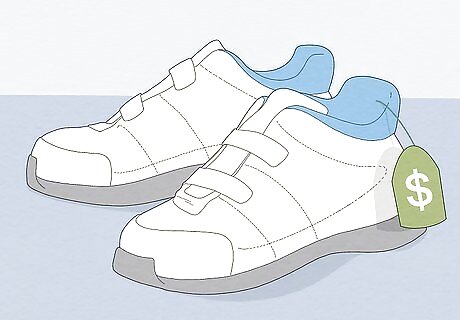
Consider buying new shoes. New shoes with the right shape and comfort level can help to relieve symptoms. Make sure your shoes have enough cushioning, and avoid tight shoes or high heels, which can make your symptoms worse. Purchase shoes with wider toe boxes. This extra room will provide some relief. Talk to a foot specialist about getting a custom orthotic with a neuroma pad. That will help separate the bones in your feet, helping you avoid the nerve pain caused by Morton's Toe.
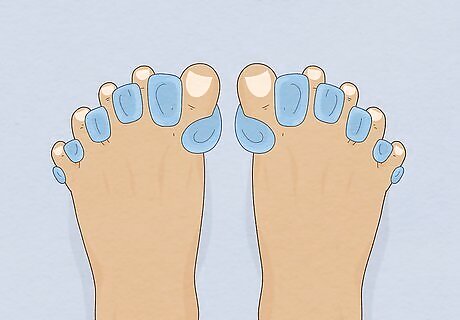
Use toe separators when you sleep. At night, put a toe separator like Yoga Toes, Correct Toes, or Perfect toes on your foot. This will help create some space between your toes, which will alleviate some of the pressure you experience throughout the day.
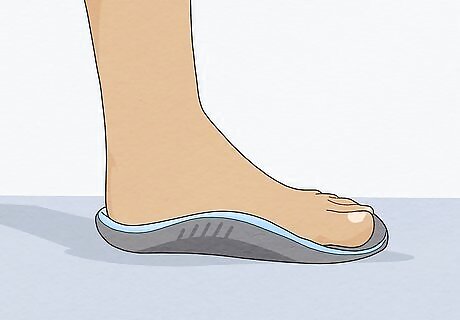
See a podiatrist to get special orthotic inserts. This is often the only treatment needed for this conditions. This consists of putting a flexible pad under the metatarsal and toe in your shoe. This pad cushions the area. This changes the weight bearing on the toe and increases range of motion in the foot.
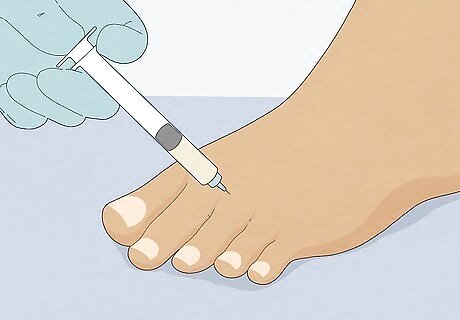
Ask your doctor about cortisone injections. This may help you get rid of some inflammation. Sometimes one injection will help, but in some cases you might need 2 or 3 before they work. Sometimes, cortisone injections won't work at all. However, you'll have to see a foot specialist to get the injections done, so they may be able to help you come up with a more personalized treatment plan.
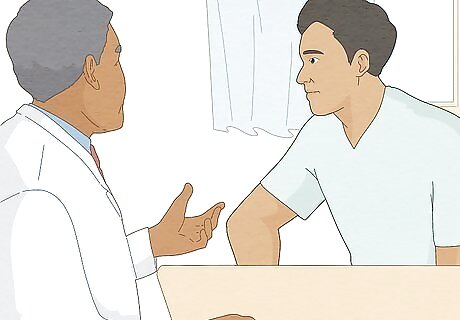
Talk to a doctor about surgical options. Only do this if all other treatments haven't worked. Surgery is invasive and there are always risks so it is best to try all other options before resulting to surgery. Surgery can be done to remove a small section of the bone to decrease the length of the second toe and relieve extra weight bearing. Bone shortening is the most common type of surgery for this condition. Other bones in the foot can be lengthened with silicone inserts by a surgeon. Bone lengthening is not as common as other surgical methods. This type of surgery is more invasive and has more risk for complications.
















Comments
0 comment